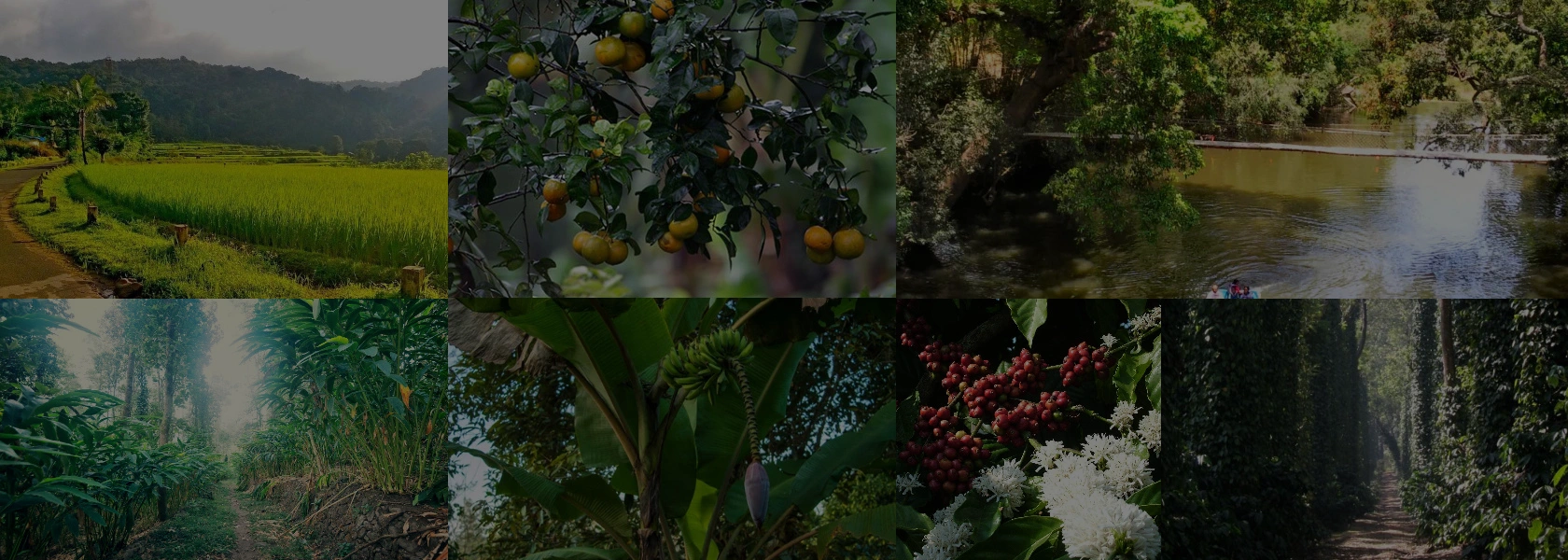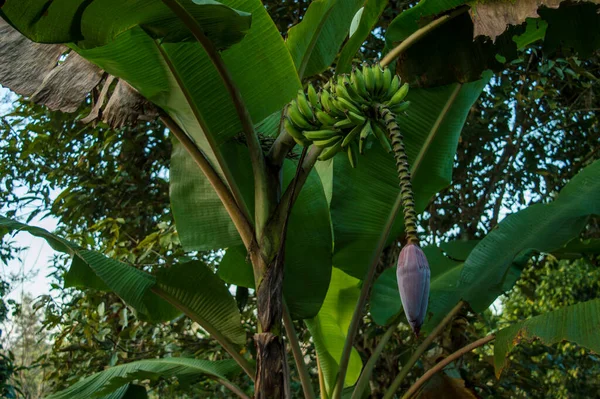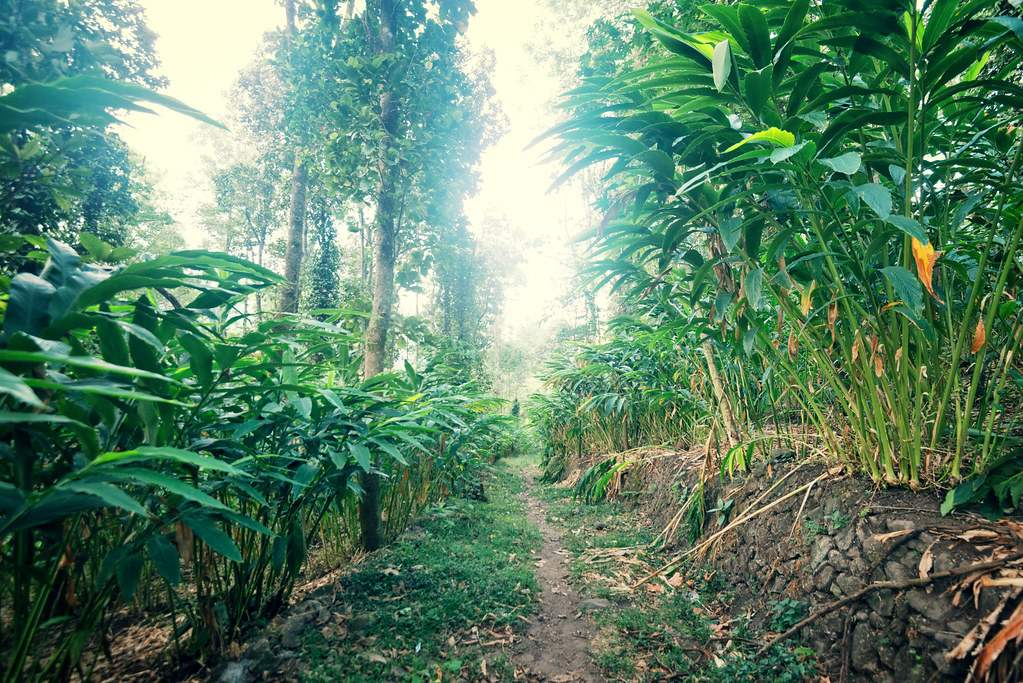
Economy
Coffee – Mainstay of Coorg Economy
The picturesque Coorg district, officially known as Kodagu, is one of the tiniest districts in the southern Indian state of Karnataka covering an area of 4,104 sq. km.
With a population of 5,48,561 as per the 2001 census. Coorg consists of five taluks (administrative units) of Madikeri, Virajpet, Somwarpet, Ponnampet and Somwarpet with Madikeri (earlier known as Mercara) as the district headquarters.
Coorg is surrounded by Hassan district in the north, Mysore district in the east, Dakshina Kannada district on the West and the state of Kerala to the south.
As per the 1991 census, Kannada is the mother tongue of 37 per cent of the population, followed by Malayalam with 19 per cent. Malayalam is the language spoken by the people in the neighbouring state of Kerala. This shows that a large chunk of the Coorg population has migrated from Kerala. The number of people who speak Coorg dialect, the language of the original inhabitants is only 16 per cent.
Besides the Coorgs, the other communities who speak the Coorg or Kodava dialect include Amma Kodavas, Peggade, Airi, Hajama and Kembatti Holeyas.
The number of Tulu-speaking people is nine per cent. Tulu is the language spoken by the people in the Mangalore region (the districts of Dakshina Kannada and Udupi). Another important language spoken in the district is Tamil with six per cent. The Tamils, who work mainly in the coffee plantations, have migrated from the state of Tamil Nadu.
Urdu, the language spoken by a section of the Muslims, is spoken by 2.8 per cent of the population. The majority of the Muslims in the district speak Malayalam and most of them are traders. The Malayalam-speaking Muslims are locally known as ‘Moplas, or Mapiles or Kakas’ who are known for their friendly nature and business acumen.
The co-existence of so many communities in such a tiny district makes Coorg a melting pot of various cultures.
The largest river in the district is the Cauvery, with its main tributaries of Hemavathi, Lakshmanathirta, the Kakkabbe and Suvarnavati which flow in an easterly direction and the Barapole that flows towards the west.
In India, Coorg is the largest producer of coffee. The headquarters of Tata Coffee Ltd., one of the biggest coffee producing companies in Asia, is located at Pollibetta, in south Coorg.
In Coorg district, the Arabica variety covers 26,100 hectares with an annual production of around 25,000 metric tones and the Robusta variety spans across 56,250 hectares with a production of around 67,000 metric tones.
Pepper is also grown extensively in Coorg. Cardamom is another crop grown in the hilly and moist parts. The cultivation of paddy, once the principal crop, has declined over the years. The coffee boom, a decade ago, led to the shrinkage of the paddy area, as paddy fields were converted into coffee estates. With the coffee prices now declining, the farmers have begun cultivating ginger in the paddy fields.
Coorg was once synonymous with oranges. Oranges have now become scarce due to pest and disease. In recent years, Coorg has emerged as a major tourist destination in South India. Coorg is popularly known as the Scotland of India. There are over 5,000 homestays in Coorg.
Coorg, located on the slopes of the Western Ghats, has abundant forest wealth, covering over 30 per cent of the total area of the district. Coorg is famous for its “sacred forests” granted by the erstwhile rulers, adjoining village temples or local deities. These forests have helped in maintaining the ecological balance in the area.
Rosewood is the most valuable timber found in abundance in the area which is generally used for making furniture. Sandalwood is also found in Coorg.
There are no major industries in Coorg, except for timber-based units and coffee curing works.
Coorg is one of the heavy rainfall regions in India and the annual average rainfall ranges from 2,000 mm in the lower reaches of the Western Ghats to 7,000 mm in the Bhagamandala region, close to Talacauvery, the birthplace of river Cauvery.
Climatically, the year may be divided into four seasons. January and February are the winter months, marked by clear skies, and March to May are the summer months when the mercury shoots up. The South-West monsoon sets in around the first week of June and lasts till September and the North-East monsoon commences in October and goes on till December.
Coorg was a part ‘C’ state prior its merger with the erstwhile state of Mysore (now Karnataka) following the linguistic re-organisation of the Indian states in 1956. Prior to the merger, Coorg had its own Legislative Assembly and an elected Chief Minister.
After losing statehood, Coorg has lost its political importance. At present, two MLAs are elected from Coorg to the Karnataka Legislative Assembly, one each from Madikeri and Virajpet constituencies. Coorg is part of the Mysore Lok Sabha Parliament constituency. After being reduced from statehood to the status of a mere district in 1956, a couple of organizations have sprung up in the region, demanding separate statehood and autonomy for Coorg.





